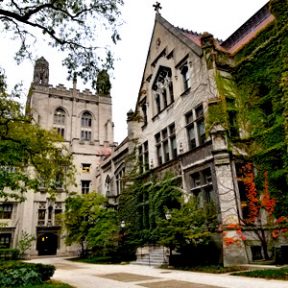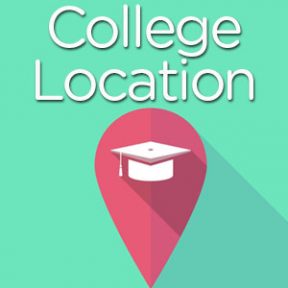It used to be that college-bound students took the SAT 1 or ACT to demonstrate that they had the reading, writing, and math foundation to be successful in college, and they took the SAT 2 Subject tests to demonstrate their specific skills in academic subjects. While most colleges still require the SAT 1 or ACT today, very few colleges now require the SAT 2 Subject Tests.
If you happen to be strong in a particular subject area and you’re applying to competitive colleges, take the SAT 2 Subject Tests and submit them with your other scores. It might help you get in. But, if you’re not a good test taker or you aren’t ready for any of the subject tests, then skip them.
Check with the colleges on your list to make sure you don’t need the SAT 2 scores. In California, UCs don’t require SAT 2 Subject Test but they do recommend them for freshman applicants majoring in competitive majors like engineering, biology, chemistry, or physics. Here are the UC recommendations:
Berkeley:
Chemistry: Math Level 2 and science test (same as major)
Engineering: Math Level 2 and Physics
Irvine:
Engineering: Math Level 2 and Physics
Computer Science and Engineering: Math Level 2 and Physics
Pharmaceutical Science: Math Level 2, Biology M and/or Chemistry
Physical Sciences: Math Level 2
Public Health Sciences: Biology E, Biology M, and/or Chemistry
Public Health Policy: Biology E, Biology M, and/or World History
Los Angeles:
Engineering: Math Level 2 and Physics
Applied Sciences: Math Level 2 and a science test closely related to the major
Riverside:
Natural and Agricultural Sciences: Math Level 2 and Chemistry or Physics
Engineering: Math Level 2 and Chemistry or Physics
San Diego:
Engineering: Math Level 2 and Physics
Physical Sciences: Math Level 2 and a science closely related to major
Santa Barbara:
Engineering: Math Level 2
Mathematics: Math Level 2
Physics: Math Level 2 and Physics
Biology: Biology
Chemistry and Biochemistry: Chemistry
Computer Sciences: Math Level 2
 Did you know that in 2016, the average student owed more than $35,000 in student loans? GASP.
Did you know that in 2016, the average student owed more than $35,000 in student loans? GASP.
 I don’t get many handwritten letters these days – with texts and emails offering quick messages with little effort. But last month, my daughter Nicole wrote a letter to Rob and me after she attended her 10-year reunion at Stanford that made me cry.
I don’t get many handwritten letters these days – with texts and emails offering quick messages with little effort. But last month, my daughter Nicole wrote a letter to Rob and me after she attended her 10-year reunion at Stanford that made me cry.


















